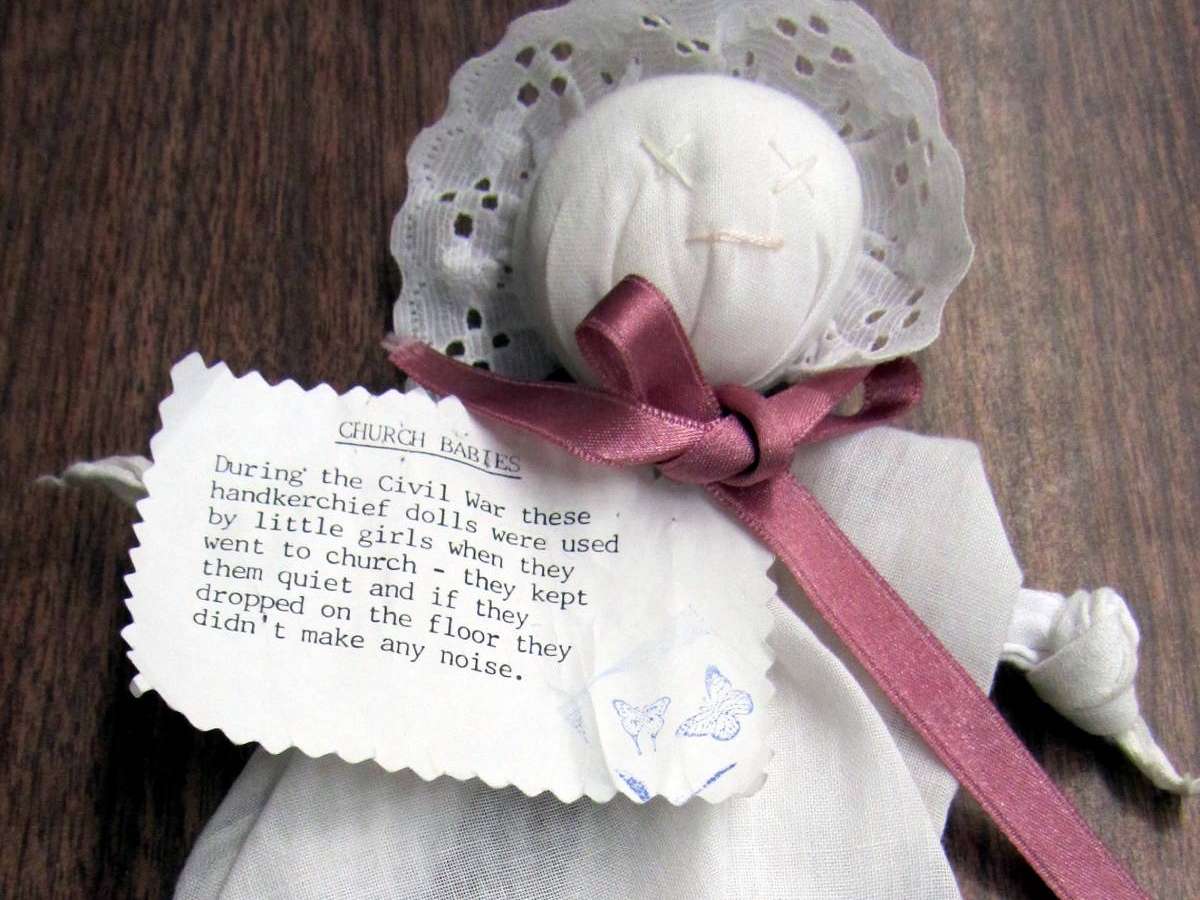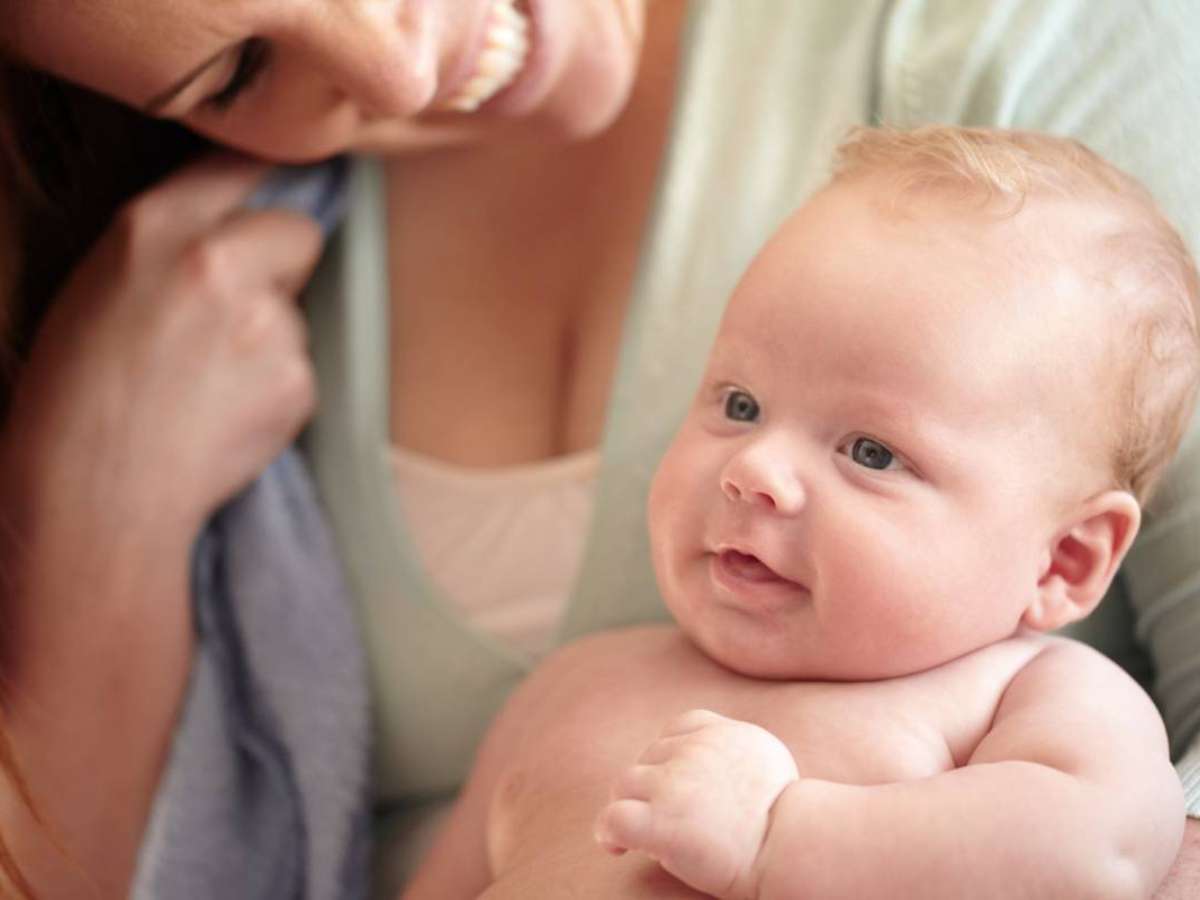Trying to determine the best baby thermometer to use with your little one is a task that can be rather daunting these days.
Since there are so many different types of thermometers to choose from (everything from forehead thermometers to armpit thermometers, ear thermometers, rectal thermometers, and oral thermometers), choosing one that is both accurate and safe for children is of the utmost importance.
Each type of thermometer has its own advantages and disadvantages. And some baby thermometers are better than others. Some are best for certain ages than others.
First and foremost, when it comes to babies, you want a digital thermometer.
The mercury-filled glass thermometers of the old days simply are not safe to use with babies — because if they break, they leak a hazardous substance and the broken glass could cut your baby. On the other hand, digital thermometers have been found to be just as accurate as the mercury-filled glass ones, and they are far safer because they are not filled with a hazardous substance and they are much less likely to break into pieces.
For your baby’s first thermometer, go with an inexpensive digital model. Look for an LCD display that’s easy to read and a start button that’s easy to press. But don’t be swayed by digital thermometers that claim to take a reading in an instant. A reading in 20 to 60 seconds is quick enough. Source
Here’s a rundown of all the different types of baby thermometers, plus when to call the doctor if your baby has a fever…
When A Baby’s Temperature Signals A Fever
When using a rectal thermometer with a baby that is under 2 months old, a temperature that is over 100.5 degrees Fahrenheit needs to be addressed by a doctor immediately. A fever that high means that your baby’s body is fighting an infection, and the infection can easily overwhelm your child’s tiny system.
Here’s when to call the pediatrician if your baby has a fever.
5 Types Of Baby Thermometers
Here are the different types of baby thermometers and what each can and cannot do:
#1 – Digital Thermometer – A digital thermometer basically works the same way as a mercury-filled glass one — except that it won’t break and doesn’t have a hazardous substance inside it. Digital thermometers can be used rectally, orally, and under the armpit. However, to get the most accurate reading possible, you should take your baby’s temperature rectally with a digital rectal thermometer. As your baby gets older and can stand still for a bit, you can switch from the rectal thermometer to taking their temperature under the armpit or orally. (TIP: If your child has been eating or drinking, you must wait at least 15 minutes before taking their oral temperature.)
Best Digital Thermometers (Oral & Rectal):
- BD Digital Accu Beep Digital Thermometer (reviews here and here)
- Vicks Comfort-Flex Digital Thermometer (reviews here, here, here, and here)
- Lumiscope Quick Read Digital Thermometer (reviews here and here)
- Vicks Baby Rectal Thermometer (reviews here, here, here, and here)
- Omron Digital Thermometer (reviews here and here)
- Mobi Digital Ultra Thermometer (reviews here, here, and here)
See also: Best-Selling Oral Digital Thermometers and Best-Selling Rectal Digital Thermometers
#2 – Forehead Thermometer – Also known as a temporal artery thermometer, the nice thing about these is that you can take your baby’s temperature while he is sleeping. And it only takes about 6 seconds. Talk about convenient! There’s no need to wake up the baby just to take his temperature. Nor do you have to deal with a baby squirming because he doesn’t like a rectal thermometer going in his bottom. Surprisingly, forehead thermometers are just as accurate as digital rectal thermometers. In fact, there was a study done by pediatricians at Harvard Medical School that found not only is a temporal artery thermometer as accurate as a rectal thermometer, but that it may actually be a better choice — because a forehead thermometer can easily identify rapid changes in your baby’s temperature, which a digital rectal thermometer cannot do.
Best Forehead Thermometers:
- Exergen Temporal Artery Thermometer (reviews here, here, here, and here)
- Medisim Temple Touch Thermometer (review here)
- Vicks Wearable Thermometer (reviews here and here)
#3 – Pacifier Thermometer – It’s one of the newer types of baby thermometers that is simply another type of digital thermometer. Unfortunately, while a pacifier thermometer might sound like a really great idea (After all, what baby doesn’t like a pacifier?), it has the disadvantage of not being very accurate. The reason is because pacifiers can easily slip out of a baby’s mouth (rather than staying in one place and constantly measuring the baby’s temperature). Plus, pacifier thermometers don’t have an alarm to let you know when they’re done taking the reading of your baby’s temperature. Not to mention the fact that a pacifier thermometer needs to be in the baby’s mouth for at 3 to 5 minutes, which is a very long time for infants — especially those who have nasal congestion.
Best Pacifier Thermometers:
- Tender Tykes Digital Pacifier Thermometer (reviews here and here)
- Vicks Pacifier Thermometer (reviews here and here)
- American Red Cross Digital Pacifier Thermometer (reviews here and here)
#4 – Ear Thermometer – Also called aural thermometers and tympanic thermometers, ear thermometers measure your baby’s temperature using infrared sensors. In some cases, they can do it in as little as 2 seconds. However, as convenient as these baby thermometers are, they are not recommended for newborns because they are not very accurate. Especially with infants under the age of 2 months, ear thermometers are not a good choice.
Best Ear Thermometers:
- Braun Thermoscan Ear Thermometer With Exact-Temp (reviews here, here, here, and here)
- Best-selling Ear Thermometers
- Safety 1st Fever Light Ear Thermometer (reviews here and here)
#5 – Underarm Thermometer – The underarm thermometer comes in a few different forms. One is a strip (similar to the forehead thermometer) that you stick beneath your baby’s armpit. Another is a basic digital thermometer that you can hold in the armpit area in order to get a temperature reading.
Best Underarm Thermometers:
- TraxIt Underarm Thermometer (review here)
- The First Years Underarm Thermometer (reviews here and here)
- Homedics Underarm Digital Thermometer (reviews here)
When To Use Each Type Of Thermometer
Due to the extraordinary accuracy of rectal thermometers, if your baby is under 2 months of age and you use a different type of thermometer to check your child’s temperature, you should probably double check each temperature reading with a digital rectal thermometer. After the age of 3, a digital oral thermometer is best.
These are the best thermometers to use with children…
Birth to 2 years:
- 1st choice: Rectum (for an accurate reading)
- 2nd choice: Armpit
Between 2 and 5 years:
- 1st choice: Rectum (for an accurate reading)
- 2nd choice: Ear, armpit
Older than 5 years:




